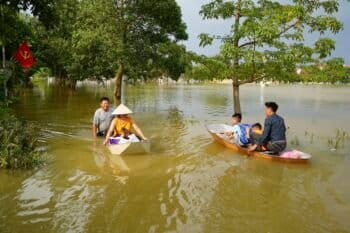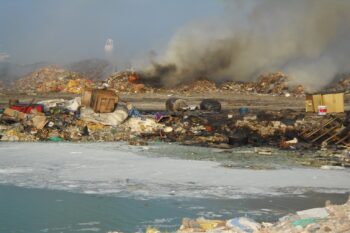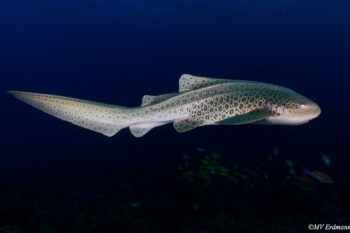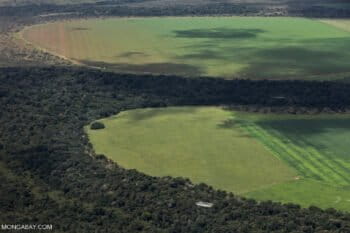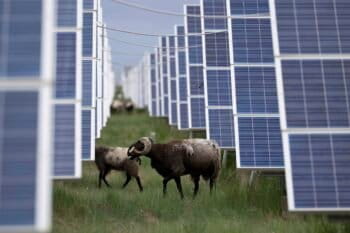Many communities, especially those in the Global South, are increasingly burning plastic as a fuel for stoves or simply to get rid of waste. In the process, they’re releasing toxic chemicals into the environment and raising public health concerns, reports Mongabay contributor Sean Mowbray.
Roughly 2 billion people globally lack waste collection services, leaving many poor and underserved neighborhoods to burn plastic trash. That solves two problems: it removes the trash and provides a free fuel source. Nearly all plastic is made from fossil fuels and burns easily, making it attractive for cooking and heating in communities with limited resources.
Much of the plastic waste in the Global South arrived there from the Global North supposedly for disposal, a practice called waste colonialism.
“What is economically viable for recycling, will be recycled. But a lot of the other stuff will oftentimes get burned,” Gauri Pathak, a medical anthropologist and author of a 2024 paper identifying open burning as an urgent global health issue, told Mowbray.
Less than 10% of the 400 million metric tons of plastic produced every year is recycled; the rest ends up in landfills or the environment. A large portion is burned in poorly controlled incinerators, as household fuel, as industrial fuel, and in the open. Around 17% of global waste is incinerated, according to the U.N. Environment Programme. But a lot of the plastic burned in the open isn’t accounted for, Pathak said.
Cressida Bowyer, deputy director of the Revolution Plastics Institute at the University of Portsmouth, U.K., told Mongabay that because incineration is cheap in the Global North, it’s often used to generate energy. However, she said, “it’s dirtier than burning coal.”
In the Global South “refuse-derived fuel” (RDF) is broadly used, from fueling the production of tofu in Indonesia to household cooking stoves in Guatemala. Some Indonesian communities burn plastic to create smoke to get rid of disease-transmitting mosquitos.
Plastic is essentially solid fossil fuel, and contains a host of toxic chemicals that are released when burned, contaminating soil, water and the food chain. The same toxins can have cumulative and long-term health effects that are dangerous but hard to document.
“Indoor air pollution from burning plastics leads to elevated risks of respiratory infections, chronic obstructive pulmonary disease, and other life threatening conditions,” a 2025 paper warns.
In Indonesia, chicken eggs near a plastic-burning tofu factory tested positive for high levels of dioxins, which cause cancer and immune system damage.
Research from Guatemala found open burning was responsible for 24% of the country’s black carbon, 23.6% of PM2.5 fine particulates, and 2.4% of the nation’s total carbon emissions.
Roland Weber, an environmental consultant focused on plastic contamination, said international extended producer responsibility policies are urgently needed to hold plastic producers accountable.
Read the full report by Sean Mowbray here.
Banner image of waste burning in the Maldives. Image by Divya Singh/IFC via Flickr (CC BY-NC-ND 2.0).
